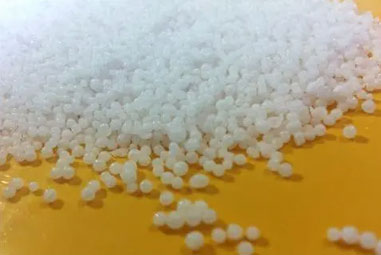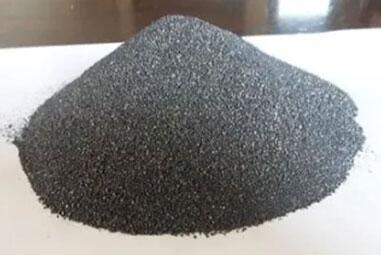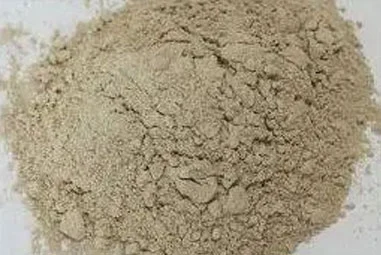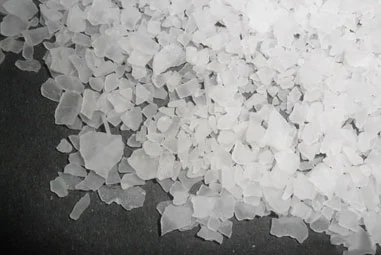
KOH (potassium hydroxide) is a strong, caustic chemical compound that is commonly found in the form of white crystals or flakes.potassium hydroxide It is also a liquid at room temperature and is hygroscopic, meaning that it tends to attract moisture. It is a key ingredient in many household cleaning products and is an essential component in the saponification of fats to make soap.
Other applications include use as an electrolyte in alkaline batteries, in electroplating and lithography, and as a chemical for removing varnish and paints from surfaces. It is also widely used as an inorganic coagulant and de-watering agent for separating heavy metals from wastewater.
Because of its caustic and corrosive properties, it is not suitable for direct human exposure and requires proper handling and storage, even in small quantities. It is dangerous and toxic if inhaled or swallowed and can cause severe burns if it comes into contact with the skin or eyes.
Potassium hydroxide is a highly-toxic substance that can dissolve organic compounds, including living tissue. Therefore, it is very dangerous if it is ingested or inhaled in high concentrations and is a serious hazard for laboratory workers. However, it can be used safely for analytical purposes if handled and stored correctly.
Depending on the amount needed, potassium hydroxide can be bought online or at dedicated industry-specific physical stores. It is advisable to buy large quantities from a manufacturer directly instead of shopping around for bargains on the Internet because professional industrial applications require a product with a certified specification.
All caustic hydroxide compounds are toxic to the environment, corrosive to the skin and eyes, and can cause severe burns if exposed to skin or clothing in the wrong concentrations. They are also capable of dissolving most organic substances, including living tissue. They are, therefore, a significant hazard to the environment when they escape into water sources. Fortunately, it is unusual for large amounts to find their way into freshwater sources.
If it does, however, it may significantly increase the pH of the water and is toxic to wildlife and plants. It can also contaminate soil and sediments.
The good news is that the LD50 value for potassium is much higher than that of KOH, so it is not expected to cause systemic toxicity. It is, nevertheless, a hazardous substance and is regulated by the Clean Water Act for discharges into water bodies.
Like all caustic chemicals, potassium hydroxide can be very expensive to dispose of if not disposed of correctly. It is also highly soluble and will readily leach into groundwater. For this reason, it is very important to ensure that it is not washed into streams or rivers where it can be carried away by stormwater or runoff and eventually reach waterways that are home to sensitive marine life.


